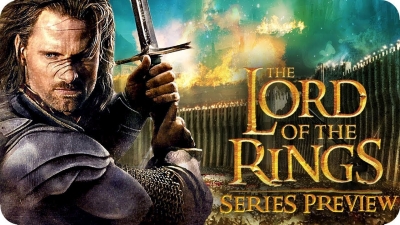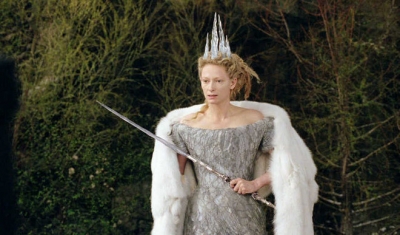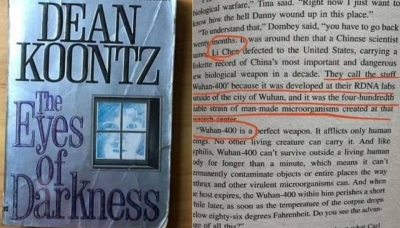What is special in Amazon's new prequel series "The Lord of the Rings"?

Get ready to return to Middle-earth – the fictional setting of J.R.R. Tolkien’s legendarium. Amazon Studies is coming up with a new prequel series set thousands of year before the events of ‘The Lord of the Rings’ and ‘The Hobbit’. One of the most expensive television shows in history, it will be based on Tolkien’s seminal series that regaled generations with books and later through Peter jackson’s iconic film adaptations. The billion-dollar project hopes to fill in the shoes of these giants by bringing to life new storylines around the franchise.
Orcs, trolls and wargs will return, but the series will not feature our beloved hobbits nor their faithful friends.
Instead, it will focus on the Second Age of the Middle-earth, much before Bilbo and Frado. The prequel is expected to chronicle the forging of the rings, Sauron’s rise to power and the destruction of Numenor, all of which occur during that era.
Here’s how the saga will continue….
The Second Age
There are four ages in Tolkien’s works. The new prequel series will take place in the Second Age, preceding “the Lord of the Ring” and “The Hobbit”, which were set in the Third Age.
Going to the source
Thought Tolkien’s did not write prequel series, he has written copiously about the history of Middle-earth, the world where the franchise is set. And the new prequel will use it as the source material.
Sticking to the canon
Part of the deal with Amazon includes a rider by the Tolkien estate to veto over any content in the series that doesn’t correspond with the author’s vision for the saga. The Tolkien estate retains the rights for the First and Third Ages.
No rangers and hobbits
Fans looking forward to seeing a young Aragorn, the dashing Ranger of the North, will be disappointed. The King of Gondor, who played a major role in the ‘The Lord of the Rings” trilogy wasn’t born till the Third Age. It will also not feature hobbits.
The rise and fall of Numenor
Amazon released interactive maps of Middle-earth at the time when the series is set. They show Numenor, a mythical island akin to Atlantis. The island was home to the Dunedain, a race of man, some of whom fled before its destruction and established the kingdoms of Amor and Gondor.
Did you Know?
How Amazon upped the ante
Amazon CEO Jeff Bezos was personally involved in acquiring the rights to Tolkien’s series. After a bidding war with Netflix in 2017, Amazon finally obtained the rights for $250 million, making it perhaps the most expensive show in television history. The deal included a commitment for five seasons and a potential spin-off series. The collective budget amounts to more that $1 billion.
Previous adaptations
Warner Bros and its sister studio New Line have already made Peter Jackson-directed, “The Lord of the Rings” and its prequel “Hobbit” films, even though the latter trilogy was not as much liked by critics as the former.
About Tolkien
Hohn Ronals Reuel Tolkien was English writer and poet best known for his “The Hobbit” and “The Lord of the Rings” series. A philologist, he loved making up new languages. Tolkien coined over 15 Elvish languages for his “The Hobbit” and “The Lord of the Rings” series Among them two enough words and grammar to be considered functional. Tolkien died on September 2, 1973.
The Fellowship:
The first two episodes will be directed by J.A. Bayona of “Jurassic World: Fallen Kingdom” fame. Actor Robert Aramayo, who played Eddard Starck in “Game of Thrones” will be the young hero of the series. His character is named Beldor. Morfydd Clark will play a young version of Galadriel, the royal Elf of both Noldor and Teleri. What’s more, Peter Jackson might also be involved in the series.
Picture Credit : Google



